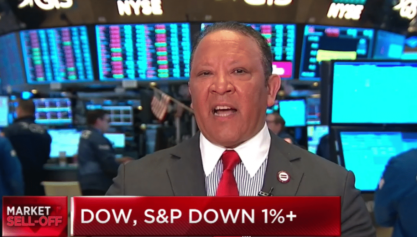While U.S. employers added 162,000 jobs in July, the lowest number since March, it still led to a drop in the overall unemployment rate to a four-year low of 7.4 percent—and a decline in black unemployment from 13.7 to 12.6 percent, a low for the year.
In addition, the unemployment rate for black women dropped from 12 percent in June to 10.5 percent in July, their best numbers in over a year.
The national unemployment rate in June was 7.6 percent.
The economy created 26,000 fewer jobs in May and June than previously estimated, while Americans worked fewer hours in July and their pay dipped—all suggesting that weak economic growth may be making businesses cautious about hiring.
The July employment data reportedly will be used by the Federal Reserve to decide whether to scale back its $85 billion a month in bond purchases it is considering for later this year. If the weaker hiring continues, the Fed may to decide to change the figure at its September meeting.
“While July itself was a bit disappointing, the Fed will be looking at the cumulative improvement,” Paul Ashworth, chief U.S. economist at Capital Economics, told the Associated Press. “On that score, the unemployment rate has fallen from 8.1 percent last August to 7.4 percent this July, which is a significant improvement.”
While the economy has created 200,000 jobs a month since January, the pace has slowed in the past three months to 175,000 jobs.
In addition, July’s job gains were concentrated in the lower-paying industries, such as retail, hotels and restaurants. Manufacturing added 6,000 jobs—there were strong gains at auto plants, the first job gains at U.S. factories since February.
Judging by recent data, economists expect the economy to strengthen in the second half of 2013. One segment of data came from a survey indicating factories increased production and received a surge of new orders in July, which has led to the fastest expansion in more than two years. Prepared by the Institute for Supply Management, the survey also showed that the housing recovery is accelerating output by lumber companies, furniture makers and appliance manufacturers.
In addition, businesses have ordered more industrial machinery and other equipment for four straight months.
One big factor in the U.S. is the signs of recovery shown by troubled economies in Europe.
“This isn’t a disaster of a report, but it shows the U.S. remains vulnerable to a slower economic growth performance,” said Julia Coronado, chief economist for North America at BNP Paribas in New York, who had projected payrolls would rise by 165,000. “This isn’t the kind of progress the Fed would like to see. At the margin, it keeps them cautious.”

